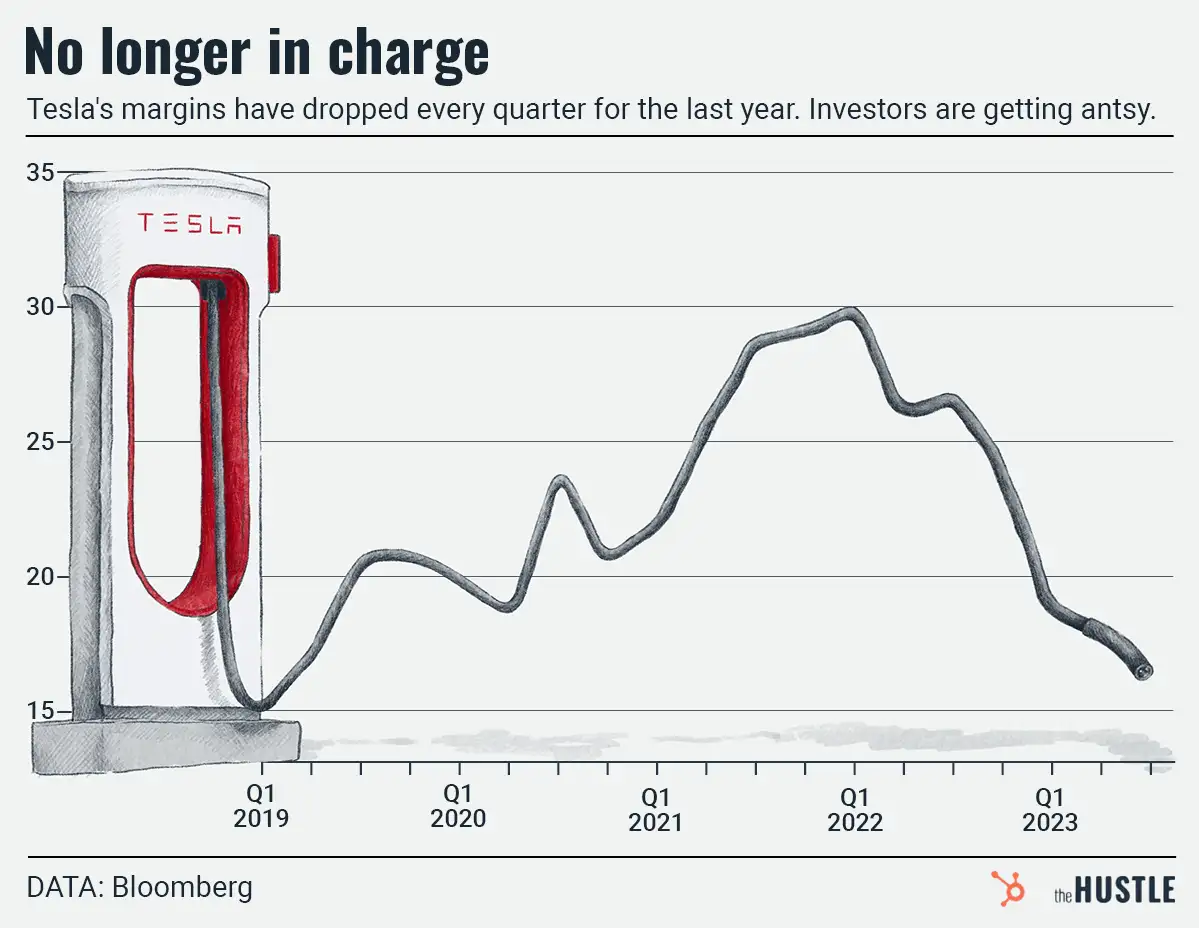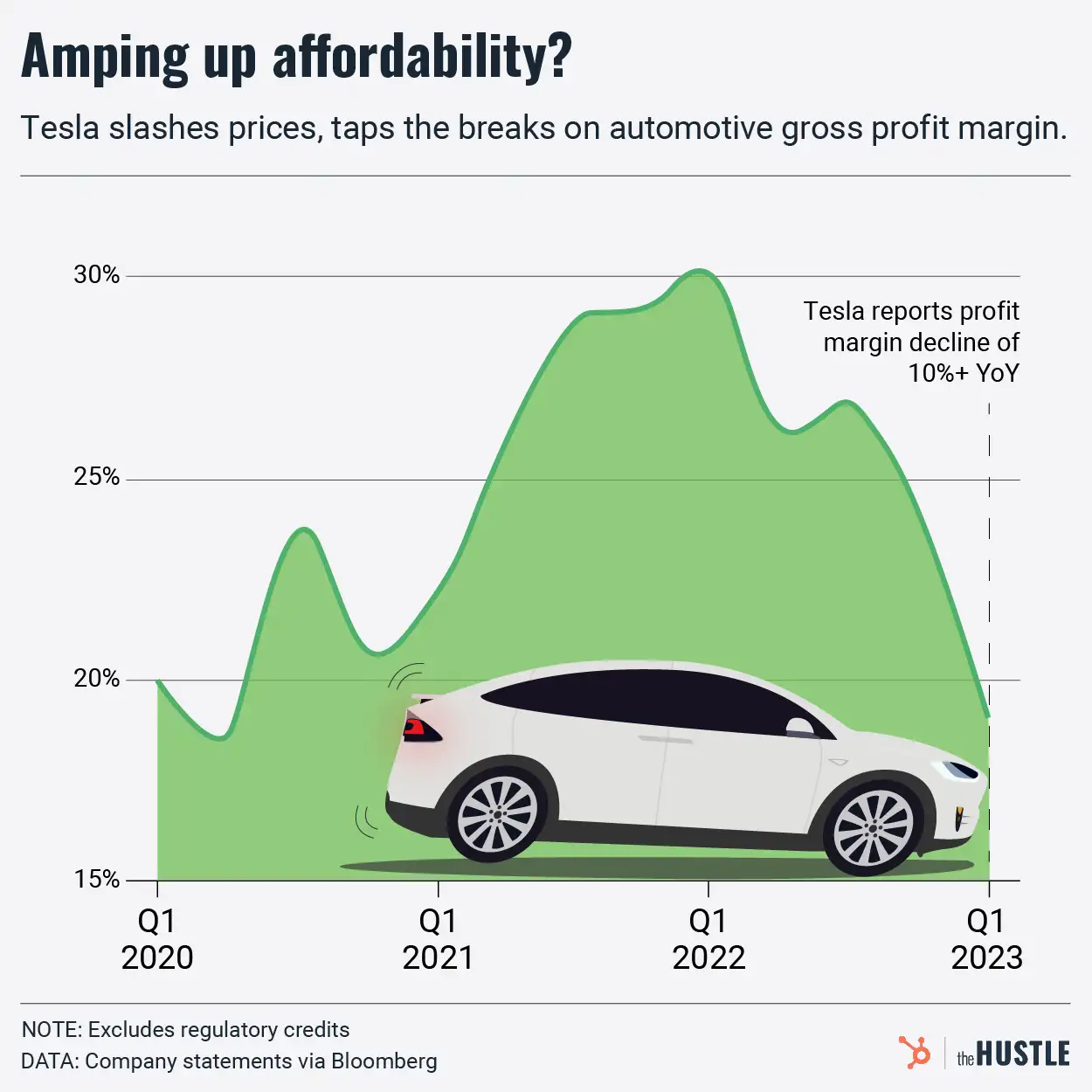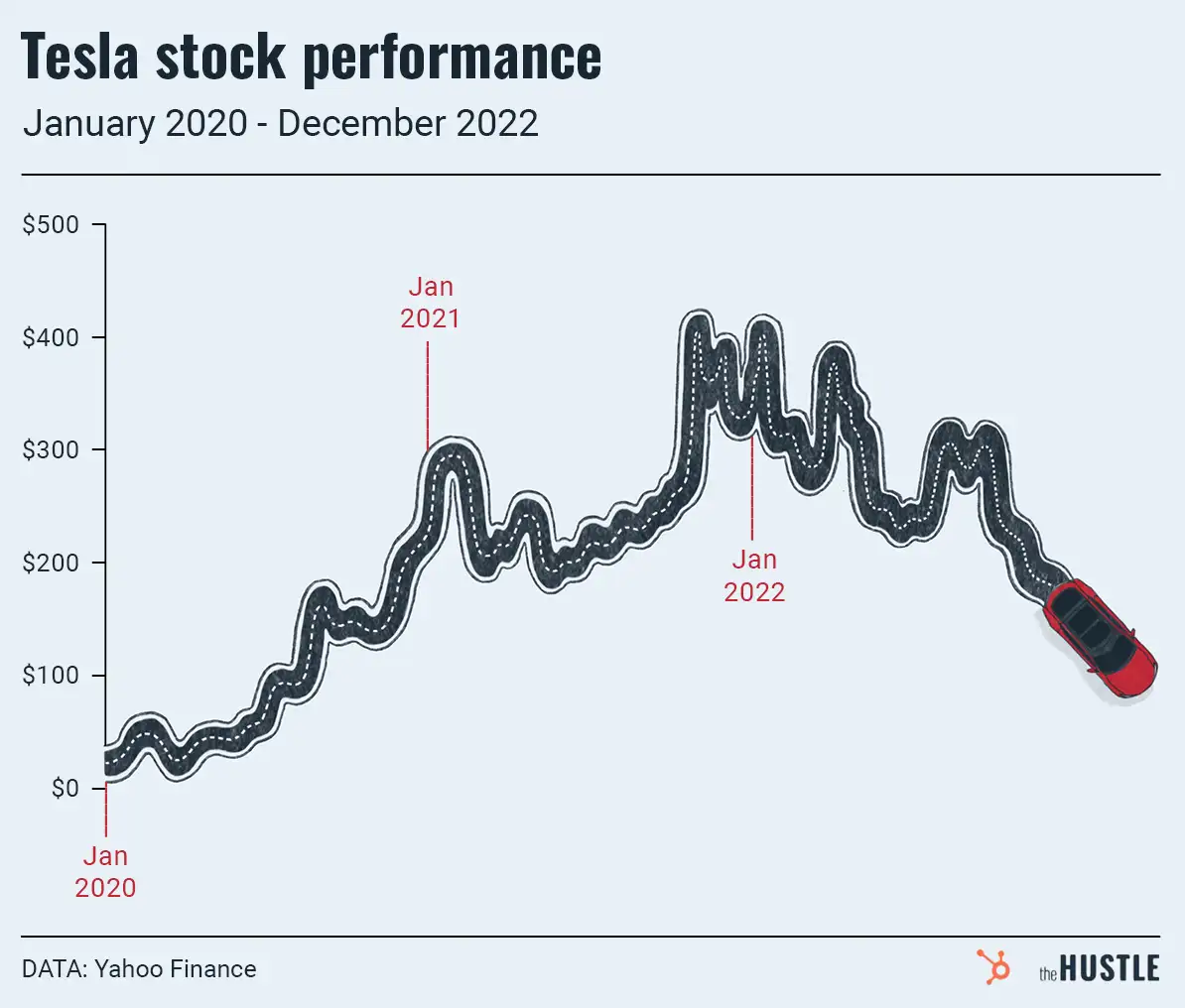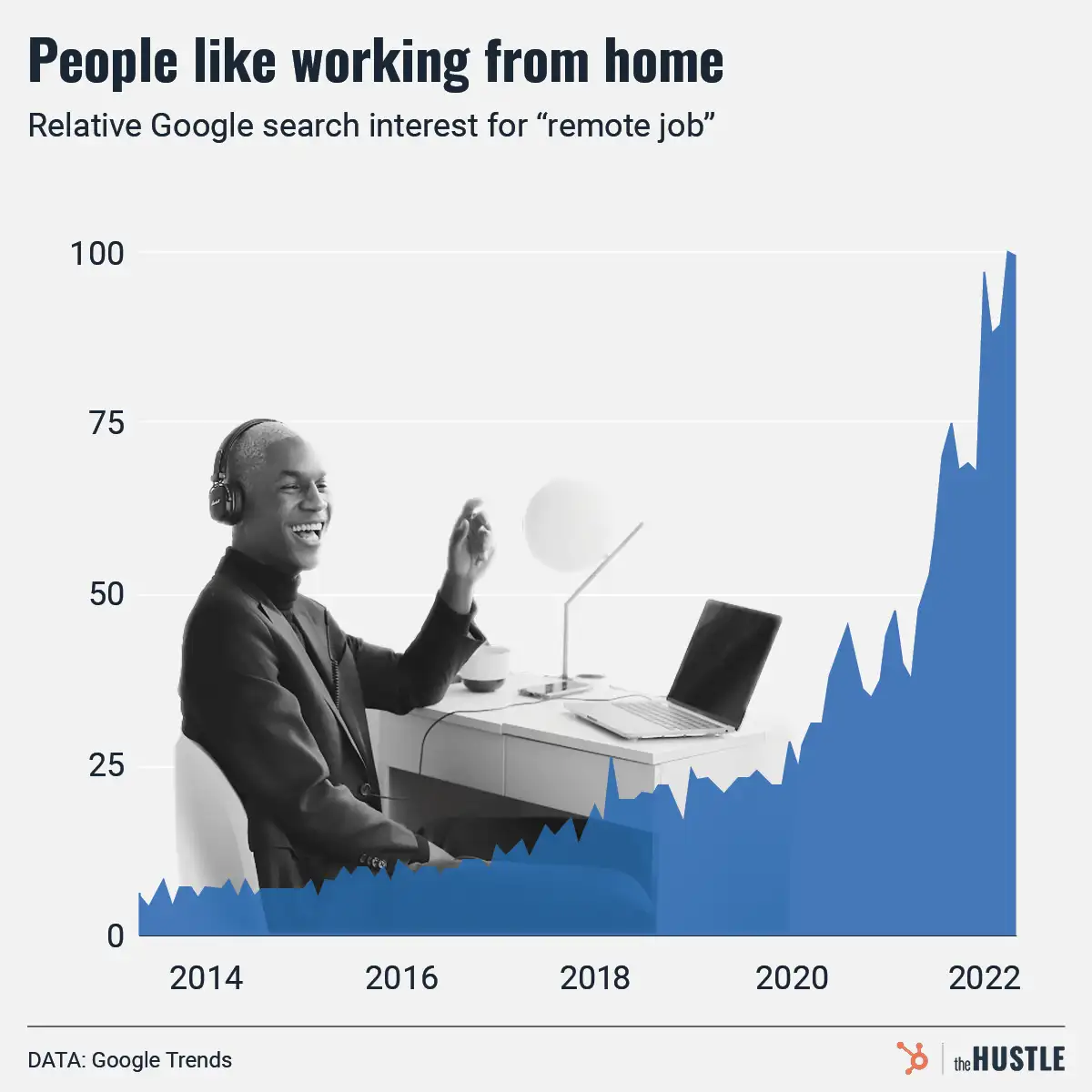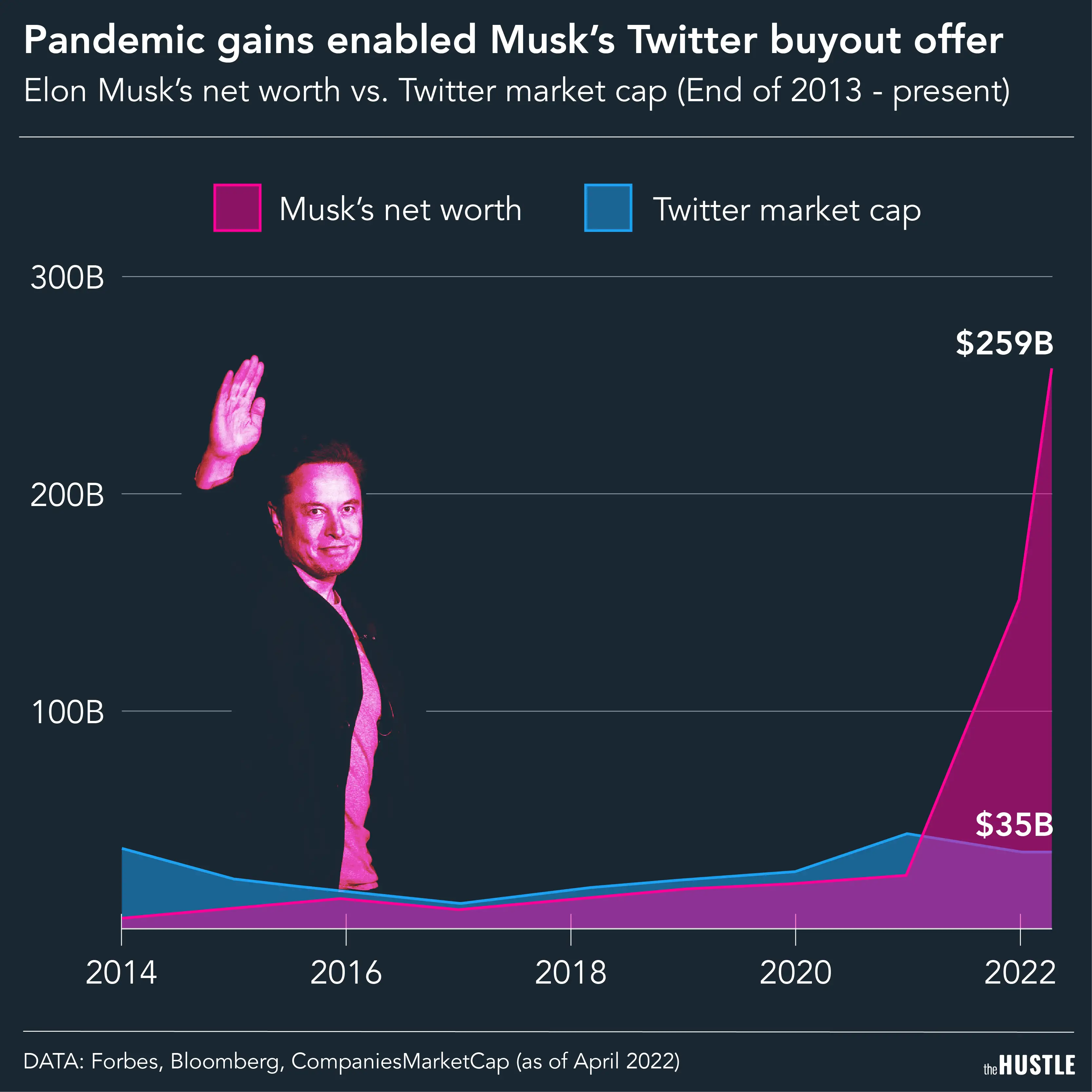With all the satellites Elon Musk’s SpaceX has launched over the past few months, you’d think the man was building a Death Star.
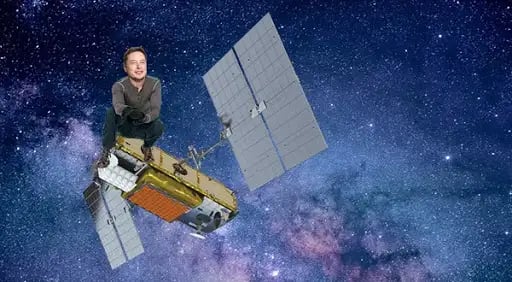
Thankfully, he’s working on something more lighthearted — a constellation of internet-beaming Starlink satellites to deliver high-speed internet anywhere on Earth.
Starlink’s focus is primarily on serving rural areas…
… but the program is also viewed as somewhat of a trial run for an eventual Martian wireless network and could be the silver bullet for Musk’s Mars ambitions.
Starlink is expected to cost $10B+ to complete but bring in $30B annually, or 10x the revenue of SpaceX’s rocket division, which it could then fund for trips to Mars.
But as the program grows, so does its backlash
Starlink has launched 1k+ satellites with plans for 42k. It has 10k+ users, though 700k registered interest and SpaceX hopes to deploy 5m user terminals in the US.
Not everyone’s happy about that:
- Astronomers are upset about Starlink satellites’ visual interference
- Dish is claiming Starlink’s network could interfere with its own satellite services
- Local internet service providers are questioning whether SpaceX can deliver on its speed promises to the Federal Communications Commission
Yet Musk hasn’t batted an eye. With the fleet expanding, SpaceX last week asked the FCC for permission to install Starlink terminals on trucks, ships, and planes.
SpaceX is ahead, but not alone in the space
Where there’s opportunity, there’s… Jeff Bezos. Amazon’s $10B Project Kuiper aims to launch 3.2k+ high-speed internet satellites in the coming years.
Another company, UK-based OneWeb, has raised $1.4B and expects its satellites to offer global coverage by mid-2022.
What’s interesting is that “space internet” isn’t new — satellite providers HughesNet, ViaSat, and Inmarsat were founded in the ’70s and ’80s.
Funny enough, even then we knew that to get internet on Earth, sometimes the best place to go is space.


